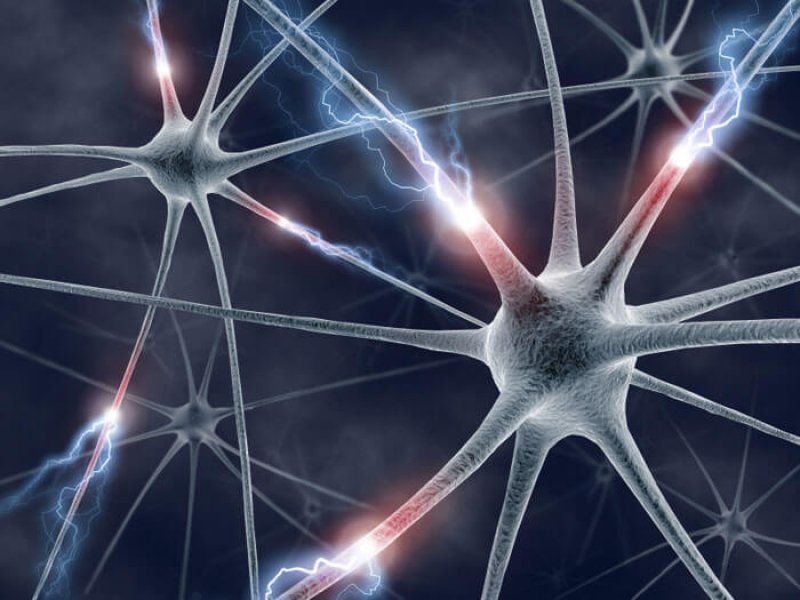[Rafael Yuste thinks neuroscientists have been looking at the brain too close. “It’s just like a TV screen—if you’re watching a movie and could only look at an individual pixel, you would never understand what’s going on,” he says. “What neuroscientists have been doing since [the father of neuroscience, Santiago Ramon y] Cajal, is looking at the single pixels of the brain—one neuron at a time. So that’s why we need these methods to see the whole screen, to see what’s playing in our brains.” The methods in question were on display in a recent study he and his graduate student, Christopher Dupre, conducted, recording the activity of all neurons in the Hydra vulgaris, a centimeter-long hydroid, while the animal swam between two pieces of glass.
…
Capturing the entire neuronal activity in an organism—something Yuste [at Columbia University in New York City] and others have termed the BAM, or Brain Activity Map—is also part of a test of an hypothesis: that the building blocks of nervous systems are networks of neurons rather than individual neurons.
…
When I visited Yuste’s lab this summer, he told me that his team is now working, as part of a DARPA-funded project involving multiple labs, on a computational model of Hydra’s nervous system and planning experiments that would manipulate Hydra’s neural nets.
Read full, original post: A Brainless Breakthrough in Neuroscience































